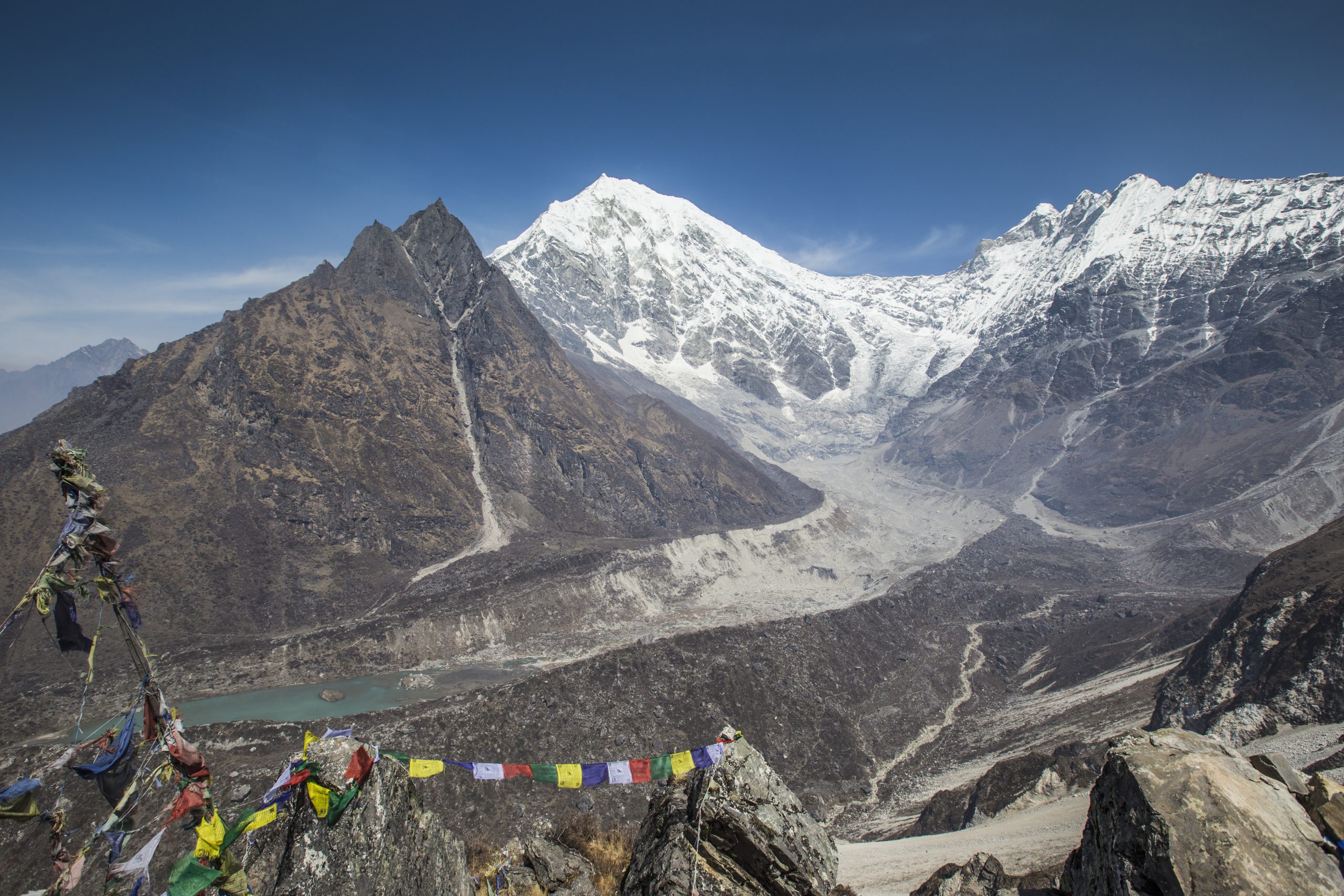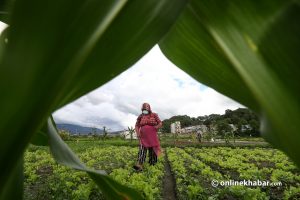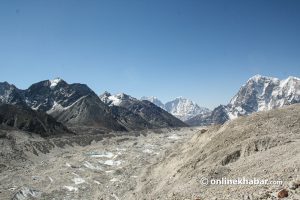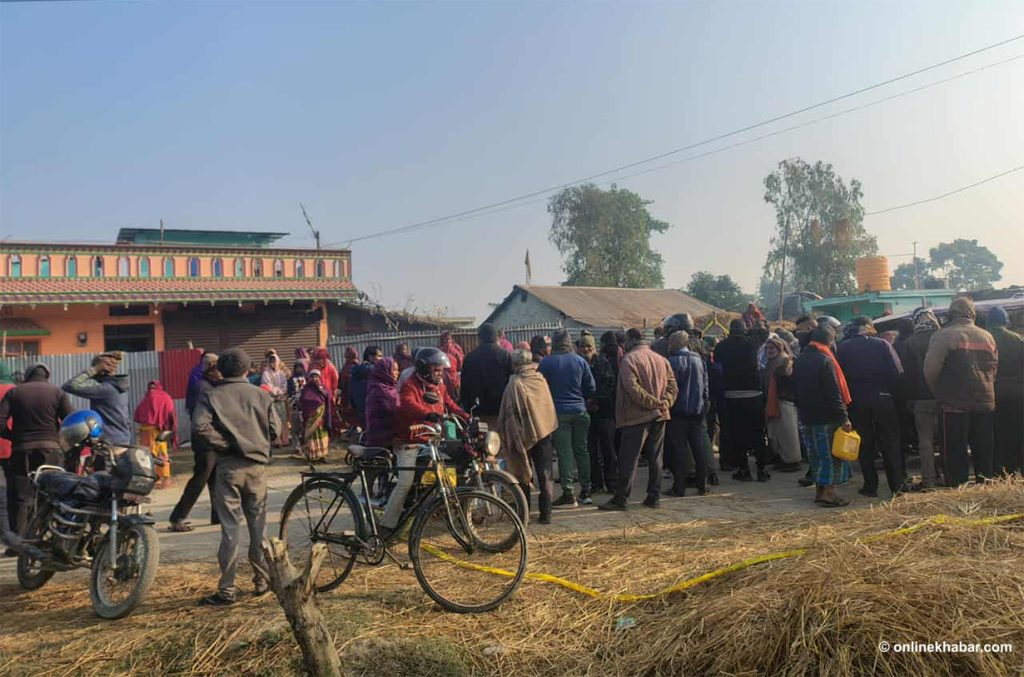The geographical diversity of Nepal never ceases to amaze people. Because of this variation, the country is rich in natural resources and biodiversity alike, giving rise to unique ecosystems in Nepal. In awe of the same, Sunita Chaudhary grew herself as an ecosystem services specialist and is working at the International Centre for Integrated Mountain Development (ICIMOD).
Chaudhary has a graduate degree in protected areas (Austria) and a PhD in natural resources management (Australia). She first started working at ICIMOD in 2009 and then joined again in 2020 after she completed her further studies. At ICIMOD, she works for research policy support with a focus on capacity building and awareness regarding Nepal ecosystems and the Hindu Kush Himalaya.
Recently, Onlinekhabar caught up with her to discuss the areas of the Nepal ecosystems that are easily missed from environmental discussions. Excerpts:
There is no debate regarding Nepal’s diverse geography as well as ecosystems. Regardless, what are the areas that people do not connect to the Nepal ecosystems?
First of all, Nepal has many mountain and hill ecosystems. In total, it has 118 ecosystems that have been classified on the basis of altitudinal, climatic variations and vegetation types. Its Terai-based ecosystems and, to an extent, hilly region ecosystems are relatively explored. However, there are many areas that we have not reached and, hence, we are yet to discover more kinds of ecosystems, even totally new ones. Yet, where people have reached, solid waste is becoming the next emerging issue.

There are many ignored areas. Dialogues, discussions and even awareness about the ecosystems are still a challenge, more so outside Kathmandu.
Conservation-wise, Nepal is rich in forest and doing better in its conservation with forest presence increasing from 38 per cent (on average) five years ago to 41.59 per cent today. But, the destruction of the Nepal ecosystems is an equally prominent issue. The focus is more on protected areas like Chitwan National Park, which is doing better, comparatively.
On the other hand, the wetland areas even Ramsar sites are heavily ignored; it is degrading every day though its number has increased. The majority of the wetlands have been encroached for settlement or markets or dried down. They are great at water retention and important in terms of flood and drought too, so we need to talk more about them.
Climate change is the talk of the century. Yet, has the nation fully understood what impacts climate change has on everyday lives and the Nepal ecosystems?
When we talk about climate change, it is more focused on the human world. But, the non-human world is often ignored. Climate change has got more traction, but animal welfare is not prioritised. The avalanches followed by the 2015 earthquake killed many people in the mountain region. Yet, there have been no studies conducted regarding the impact on ecosystems or wildlife.
I recently went to Langtang National Park. I saw glaciers are retreating and the local environment is changing. In Kyanjin, there are many species including endangered species like Musk deer. With increased tourism, the pristine ecosystems and species are exposed to many changes including the “modern” human lifestyles, junk foods and human solid waste, causing microplastics to reach their stomach. Tourism in the area is highly dependent on forests for cooking and heating. If alternatives to fuelwood for cooking and heating are not initiated, the forests in the area might be at high risk of degradation. It will take at least 15 to 20 years to recuperate.
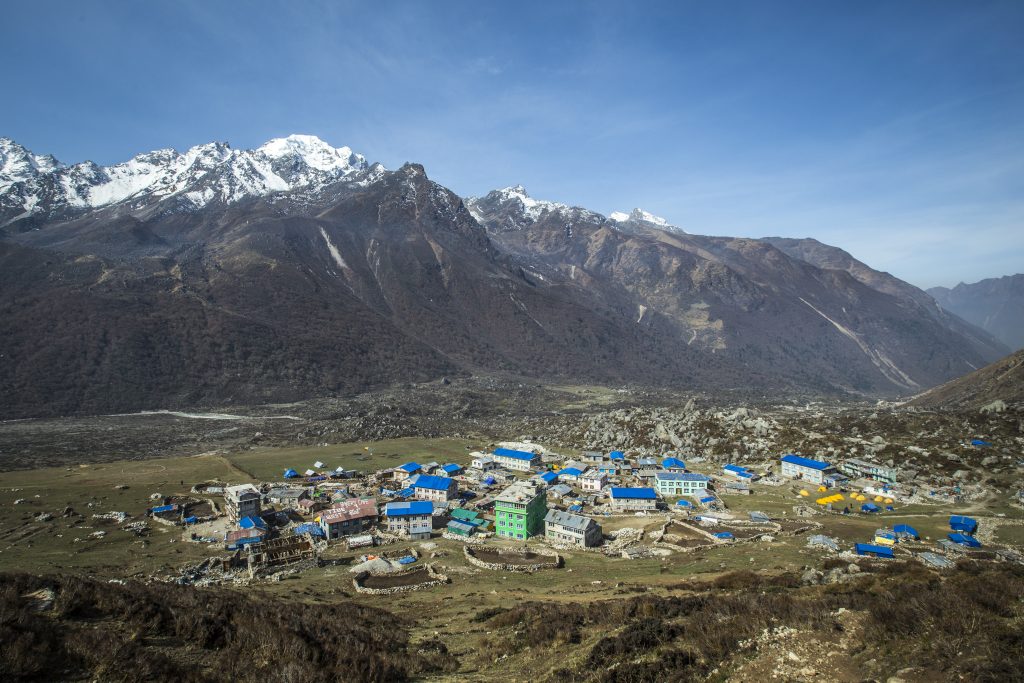
Similarly, cases of human-wildlife conflict are also increasing as habitat range is shifting and so is inter-species mingling. The bears are attacking the households in search of specific fruits and vegetation for hibernation. But, that is natural when tourists are flowing in and, due to human intervention and climate change, their habitat is disturbed. Habitats of red pandas are also disturbed.
There are many Nepal ecosystems in the mountains existing on a smaller scale. The effects of climate change and change in eating habits and human lifestyle, have hampered the cryosphere in the mountains and the overall ecosystem. The change in wetlands and impacts of climate change have a cascading impact on society. Everyone needs to look into that. National parks are positive so are the private and research organisations so that is a good thing.
How have you observed the implementation and penalisation of conservation acts and policies here, in particular in the context of Nepal?
Implementation is impacted due to limited funding, from the national government. First, our federal system is still in the experimental phase. Second, the benefits of Nepal ecosystem conservation are all indirect in connection to the national gross domestic product. Hence, the government easily prioritises and focuses on concrete physical infrastructures, which has marginalised the conservation sector.
Meanwhile, the private sector is also inactive in its actions and is yet to own up to its subsequent impacts including its carbon footprint. We need more synergy between them and the local government.
I believe that national parks are better in this implementation. National parks in Terai are better; however, the human resources in the mountainous areas are very few and they are not enough for vigilant monitoring in all areas.
Regarding penalisation, it is irregular. Poaching is rampant in mountainous regions where the outside poachers have taken advantage of the thin population and laid traps to hunt the animals. As a remedy, we can use tracking and chipping the wildlife but it is difficult. But, if we collaborate with local communities we can tackle poaching.
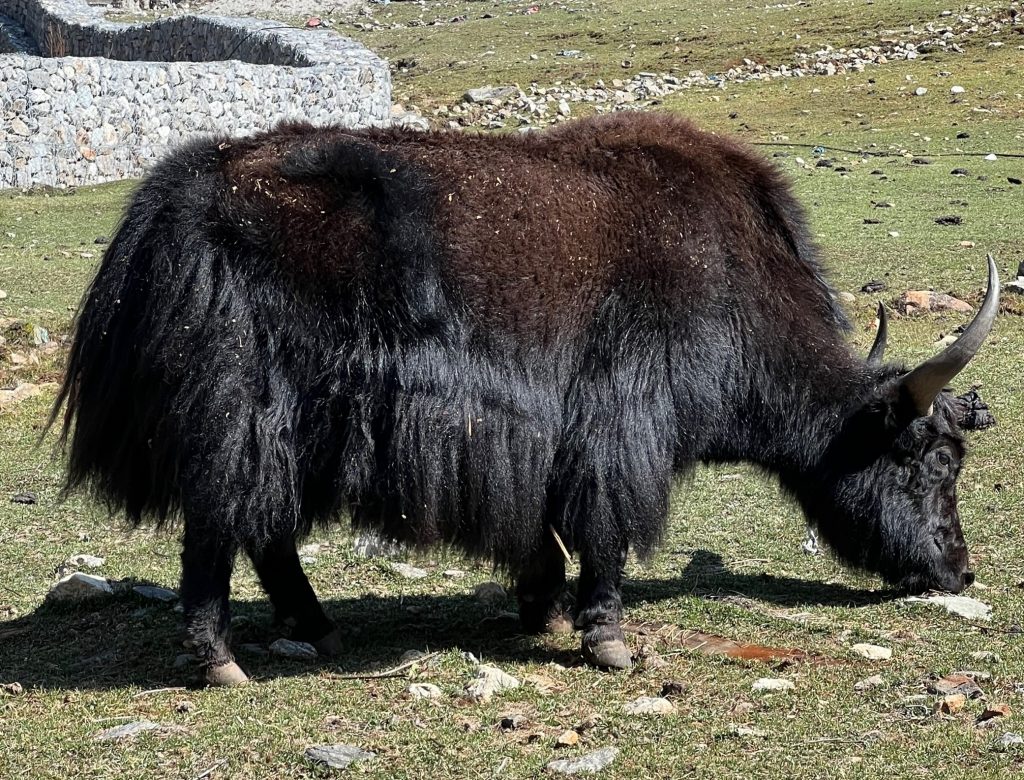
To better curb the lack of implementation, stakeholders are focusing on the census of all species including the red panda and snow leopard. As it depends on the budget and the human resources, I am hopeful to see national and international funding for the same.
If there are problems, there should be solutions too. What measures do you think can people take to better the ecosystems?
In Langtang, locals are using firewood for household chores and their lifestyle. Meanwhile, locals have made a small hydropower project there. However, they are only making use of hydropower to fulfil 30 per cent of their consumption. However, we are pushing for awareness with a focus to optimise hydropower and fulfilling their remaining 70 per cent of power consumption with renewable resources.
Apart from this, we have to engage and mobilise our young population in conservation efforts. We have to give more priority to the objective as well as engage them in training and workshops. ICIMOD is organising a youth engagement hub and national workshops, so interested ones can participate.
You have pointed out that active local participation is lacking in Nepal ecosystem management. How can the country mobilise locals better?

Local people are less incentivised, especially in conservation efforts and their waste segregation and disposal habits. Hence, if we can increase that, the mobilisation can be encouraged. Ideas regarding the mobilisation of local people or local resources are also not clear in the minds of those in power systems either as they are not well-rounded in information regarding conservation efforts.
We need to work on the sectoral division among the government bodies and agencies. For better management of the Nepal ecosystems, we need to have synergy among all stakeholders encouraging them to work together, and bridge the gap in coordination and communication while focusing on conflict and their remedy management.
Cooperation is with our neighbours and regional efforts are our plus point so that we can capitalise on too.
In what areas do people need to work for the next five years so that different ecosystems are conserved?
In the coming years, we have to prioritise solid waste management and curb its impacts on the ecosystems of Nepal, considering Langtang’s case. Next, we have to focus on clean energy and work on ways to support tourism, which is one of the key revenue-generating ways.
Further, the projects that we undertake all need to undergo a detailed assessment of the environment and its impacts that ensure efforts of the Nepal ecosystem conservation and preservation. We cannot marginalise conservation for the sake of development. Awareness and sensitisation in the conservation sector should be the way forward.
Nepal also is included on the top 10 list of disaster-prone countries. We have a few institutions working in the field, but we now need to focus on technology and automation to get timely information and avoid life-threatening impacts, even by a second.
Last but not the least, we need to invest in more surveys and scientific research for a better understanding of the ever-changing scenarios and their impacts on our ecosystems and biodiversity. Likewise, we have to focus on local capacity building involving youth coupled with local governments and have a recovery plan in place.



